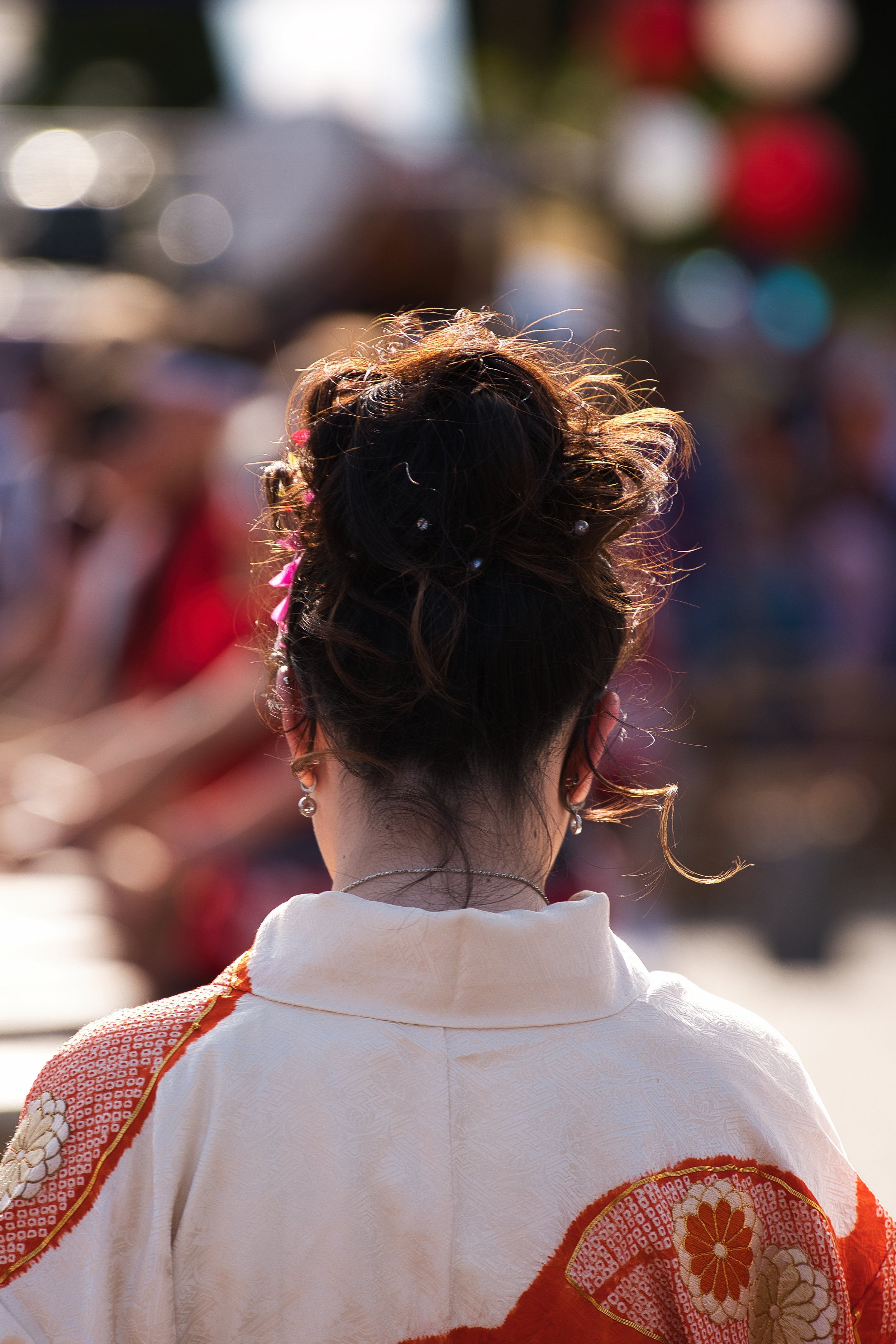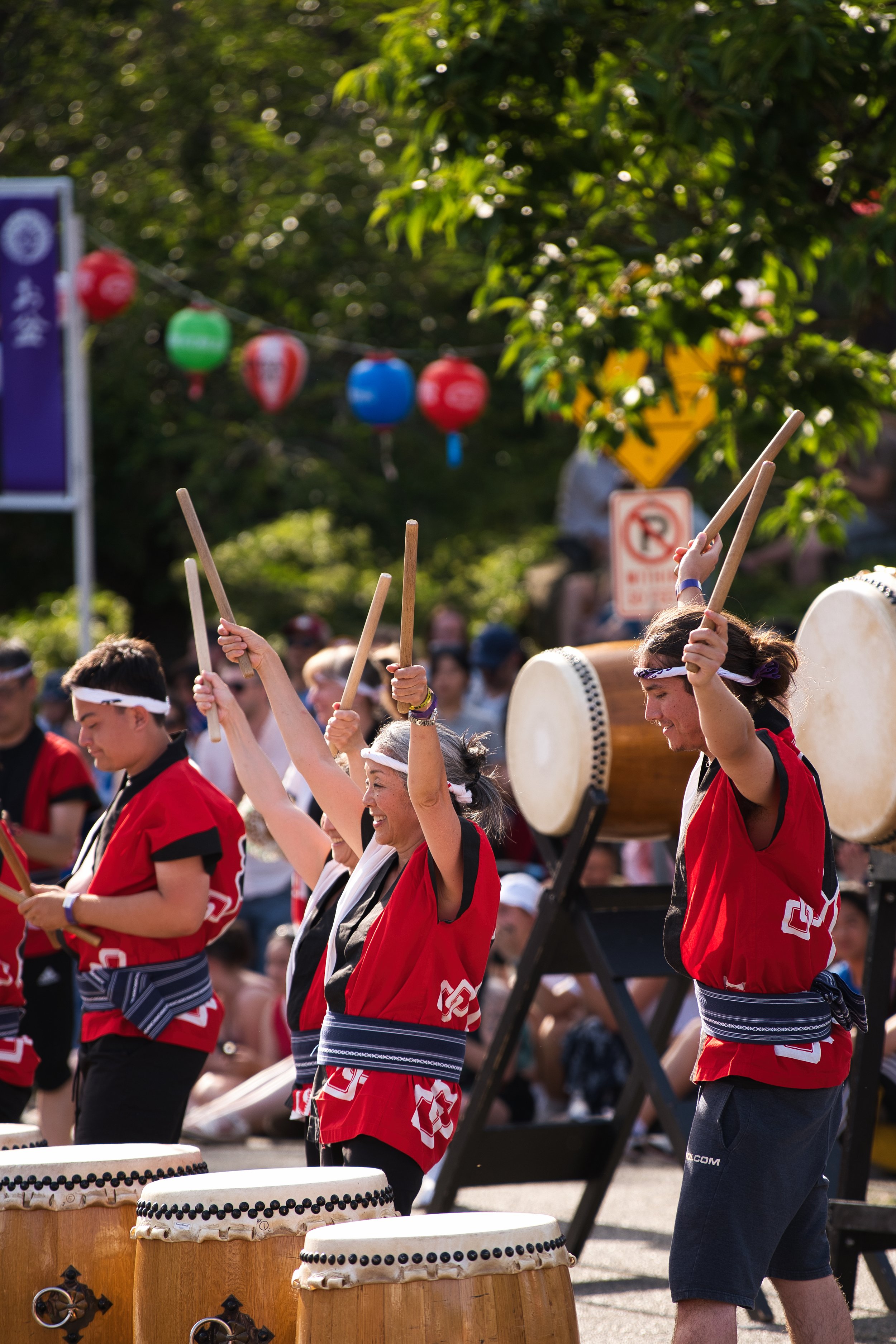The Overlooked Hero - Lumix S Pro 70mm-200mm F4
There are a lot of assumptions and norms in the photography space. One of the most common focal to F-Stop thoughts is to try to pick up a manufactures 70mm - 200mm F2.8 zoom lens for portraits as soon as you can. I get it. That wide open F2.8 aperture gives that blurry background so sought after, but usually at a massive hit to your pocket book. Let’s take a look at a much more reasonable alternative which hopefully will leave a bit more in your wallet.
The Lumix S Pro 70mm - 200 F4
As of today’s writing date the Lumix S Pro 70mm - 200mm F4 lists for about $1,000 US dollars on the B and H Photo web site. This is about $800 dollars cheaper than the F2.8 version of this zoom length from Panasonic. For many manufacturers the price comparison between the F4 and F2.8 version of the 70mm - 200mm zoom will save you enough to get extra prime lens. We will take a look at this Panasonic lens and why the F4 version is a great way to get into event and portrait photography.
The Bokeh Myth
There is a quest from various photographers to get that super creamy background of your subject for portraits. There are three main methods for achieving that background blur:
Create separation between the subject and the background. Make sure the subject is close and filing the frame. Then have the background a reasonable distance away from the subject. The more separation with a close subject the more the lens takes on a macro function blurring the backgound and leaving the subject sharp.
Using a telephoto zoom in the 120mm - 200mm range shrinks the plane of focus. Anything not in that plane of focus will have that bokeh feel at the longer zoom ranges.
And of course have a large opening for the aperture like F1.4 to. F2.8 will provide that blur again through a smaller plane of focus.
That is why a photo like this taken at 200mm, 1/500th, ISO 160 at an aperture of F4 will have that nice background blur:
The Build
The Panasonic Lumix S Pro 70mm - 200mm F4 lens is dust, splash, and freeze resistant. Its design uses 23 lenses in 17 groups with a constant aperture of F4 across the zoom range. The lens is compatible with Panasonics dual O.I.S. (optical image stabilization) and weighs in at 2.2lbs or 985 grams. The lens mount is based on the the specifications for the L-Mount Alliance means this lens will work on Lumix full frame cameras, Leicas SL series of cameras, and the recent offering from Black Magic Design Cinema 6K. The Lumix S Pro series of 16mm - 35mm F4, 24mm - 105mm F4, and the 70mm - 200mm F4 use the same filter thread size of 77mm. Since these three lenses were the first lenses compatible with the L-mount I purchase, I was able to use one set of filters across each of these three. An accessory is the DMW-STC20 2 times teleconverter. Adding this teleconverter changes the lens to a 140mm - 400mm F8 lens. I have an expedition planned for that lens this summer.
As far as the optical image stabilization goes you can acheive some long shutter speeds with a sturdy, weighted tripod. For example here is a photo at 70mm, F11, ISO 100, at a shutter speed of one minute:
Seattle with the Lumix S Pro 70mm - 200mm F4 at one minute
In Use
The 70mm - 200mm focal length is a real asset for event photography, weddings, and portraits. I lets you reach out and grab the subject even when not close. It also provides that slimming portrait look for any human subject you take on. Being much lighter than the 2.8 version of this lens it is easier to hold for hours worth of shots.
Here are some example photographs with the Lumix S Pro 70mm - 200mm F4 attached to the Lumix S5 Mark II taken at Seattle’s Bon Odori Festival:
To wrap up, for those looking for an impact to your photography but not on your pocket book the reach the lowly 70mm - 200mm F$ Lumix S Pro fits the bill. Until the next Expedition…






